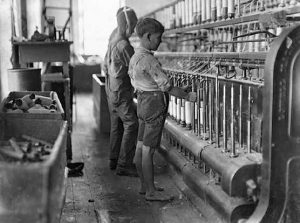Introduction
Discrimination has long been a part of the United States’ culture, a stain-like reminder of our nation’s past. From 1940-1990 government policy, location, and time period have all played major roles in both inciting and restraining the ongoing racist culture that has affected the lives of so many Americans. When President Franklin Roosevelt signed the Servicemen’s Readjustment Act in 1944, he passed the first “race-neutral” piece of legislation for veterans in the United States (Turner and Bound 2002, 5). This bill was passed with the goal of easing the transition for veterans returning home from the Second World War in Europe. This legislation made it possible for tens of thousands of veterans to obtain undergraduate degrees by funding their college educations (Altschuler and Blumin 2009, 6). The government then extended this bill to Korean War veterans in 1952 and Vietnam veterans in 1966 and continued to provide the same aid for the various returning servicemen through this time period (Dortch 2016, 7).
While most Americans regard the GI Bill as an unqualified success, one question that arises about its triumph is whether veterans of all races experienced the positive impacts of the bill equally. Many Americans, including former President Bill Clinton, praise the Servicemen Readjustment Act for its long-lasting effects and its ability to not only help build better lives for veterans, but to also fuel the impressive economic growth of the second half of the 20th century (Altschuler and Blumin 2009).
“Passed in an era of entrenched racial prejudice,” this bill included nothing that would distinguish the race of the veterans it aided (Altschuler and Blumin 2009, 129). However, many historians have discovered that the vast majority of the Bill’s beneficiaries were white. This poses the query: was the so highly regarded GI Bill a discriminatory piece of legislation? If so, why, and once extended, did the bill continue to favor white veterans even after the civil rights movement? The purpose of this study is to discover the connection between race, location and the ability of the veterans to attain higher education through the aid provided by the GI Bill.
Continue reading →


